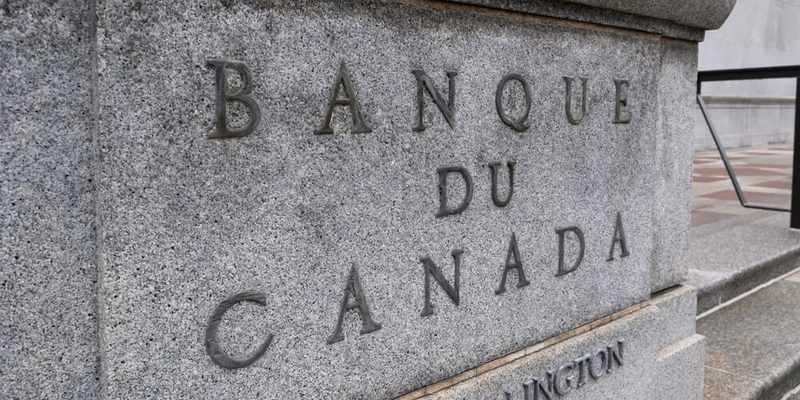
If you are not redirected within 30 seconds, please click here to continue.
Samedi: 10h – 16h HAE

If you are not redirected within 30 seconds, please click here to continue.
If you are not redirected within 30 seconds, please click here to continue.
Should You Take A Life Insurance Policy Out On Your Parents?

While RRSPs are a great way to build tax-sheltered retirement assets, some Canadians need to look beyond them, particularly if they already make a sizable workplace pension contribution – leaving them very little RRSP room to work with.
Although controversial, there is another tax-sheltered retirement strategy that provides an alternative to or even a substitute for an RRSP, suggests Ted Rechtshaffen, president of Toronto-based TriDelta Financial Partners.
Basically, it involves taking out a guaranteed life insurance policy on an older relative in reasonable health – with their cooperation, of course – and naming yourself the sole beneficiary. When this relative passes away, whether it’s in 10, 20 or 30 years, you receive the guaranteed payout, tax-free.
Smart Estate Planning
Some might suggest that it seems rather morbid to benefit financially from a relative’s death. But this is sound estate planning and really no different than anyone who’s waiting to receive an inheritance, Rechtshaffen maintains.
To better understand this particular life insurance strategy, here’s an example from his firm’s blog The Canadian Financial Planner:
Joe is 41. With a solid income, good pension and no more room in his RRSP or TFSA, he’s looking for alternatives to boost his non-registered assets. His mother, Susan, is 70 and in good health with no history of chronic disease like cancer.
Shop The Market Thoroughly
With the help of an insurance broker, Joe searches the market to find the best return for a permanent insurance policy for a 70-year-old woman. He then deposits $12,000 a year for 15 years, after which the policy is fully paid up – a unique feature of the particular product Rechtshaffen recommends.
In this instance, the potential return is not tied to any investments held within the insurance policy. It’s based on the dollars contributed over the years, held within the plan using a guaranteed minimum return, and on the insurance payout at the end.
After one year, Joe has put in $12,000. If Susan passed away, the insurance payout would be $193,000. Every year Joe puts in $12,000, the payout goes up by the same amount. In year five, Joe has now put in a cumulative sum of $60,000 and the insurance payout would be worth $241,000. After 15 years, Joe’s total contributions amount to $180,000.
In this case, the policy is now fully paid and Joe doesn’t need to contribute further. The payout figure doesn’t continue growing past this point, however.
An Attractive Rate Of Return
Say, Susan passes away at age 85. Joe is now 56 years old and, as the sole beneficiary, he receives $361,000 tax-free.
If Joe had put the same $12,000 a year for 15 years into a non-registered GIC, he would have had to find one with a double-digit return, (assuming he was in the highest marginal tax rate), to end up with the same amount, Rechtshaffen explains.
Of course, this is just one example and the results could vary sharply, depending on the policy and the insured person’s longevity.
Protecting The Inheritance
While certainly not a strategy for every family, this could be an option for some – particularly when you consider the flexibility available when naming the beneficiary of an insurance policy.
Older parents, for instance, might be more comfortable with the process if they knew that the grandchildren were also named as beneficiaries on the policy, thus extending the benefits through the family, Rechtshaffen notes.
In other cases, it might make sense for adult children to purchase a policy on a parent’s life to shield their potential inheritance, particularly if that legacy comes encumbered with a big tax bill, like a family cottage.
The children purchase the policy, dividing the cost of the premiums among those who will be sharing the cottage after the parent passes on. You can purchase coverage on the single owner of the cottage or, as is often the case, a ‘joint last to die’ policy on the two co-owners.
This can be costly, however, as your parent's age. Premiums become more expensive and medical conditions may affect eligibility.
Get money-saving tips in your inbox.
Stay on top of personal finance tips from our money experts!










